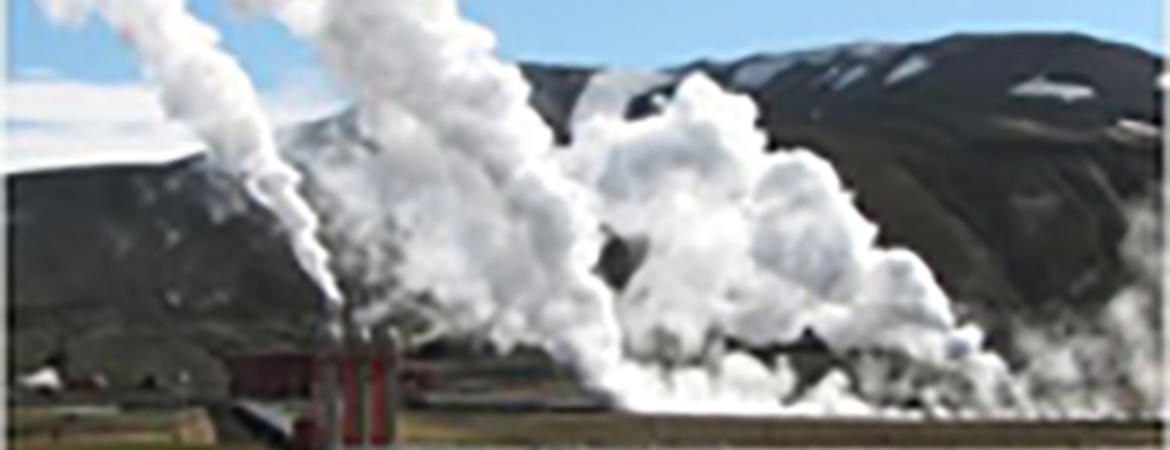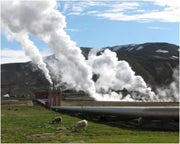
UC Riverside's Wilfred Elders recently convened an international geothermal workshop to promote a collaborative initiative to develop higher enthalpy geothermal systems in the United States
Wilfred Elders, a professor emeritus of geology at the University of California, Riverside, convened the “International Geothermal Workshop” in Lake Arrowhead in the San Bernardino Mountains, Oct. 13-16, to discuss developing new ways to produce electrical energy from geothermal fields.
Some thirty scientists and engineers attended the workshop, including two scientists from New Zealand, two from Mexico, and one from each of Iceland, Italy, and Russia.
The theme of the workshop was to explore the feasibility and economic potential of increasing the power output of geothermal wells by factor of ten by drilling much deeper to reach higher pressures and temperatures.
“Such plans are already underway in Iceland, New Zealand, and Japan and there is considerable potential for such developments in Mexico and Italy, all countries that already have a large production of electricity from geothermal steam,” Elders said.
Currently California is the world leader in generating electricity from naturally occurring underground reservoirs of geothermal steam heated by volcanic activity, an environmentally benign source of energy. A typical geothermal well between about 6,500-10,000 feet deep produces a mixture of hot water and steam at 400-575 F that can generate 5 million watts of electric power, sufficient to supply the needs of about 5,000 people.
Since retiring from teaching, Elders became the principal investigator of the Iceland Deep Drilling Project (IDDP) that drilled a geothermal well at the Krafla geothermal field in northeast Iceland to search for higher temperature and pressure steam. The IDDP was successful in creating the hottest geothermal well in the world. Superheated steam flowing from that well had a temperature at the surface of about 850F at a pressure sufficient to generate 40 million watts of electrical power. Planning is underway to drill a second similar well in the Reykjanes geothermal field in southwest Iceland in 2014-2015.
Based on this experience in Iceland and similar projects that are in the advanced planning stage in New Zealand and Japan, the participants at the Lake Arrowhead workshop formed a committee to plan a similar project in the United States, chaired by Elders. Implementation of such a plan will require formation of a consortium with participation from industry, universities and government agencies.
“The potential for very favorable economic returns suggests that the United States should begin such a program,” Elders said. “There is a significant undeveloped potential for developing high-enthalpy geothermal systems in the western United States, Hawaii and Alaska.”
